SACRED TEMPLES AND BROKEN CAMERAS
Behind the scenes on the feature film Satu
May 2023
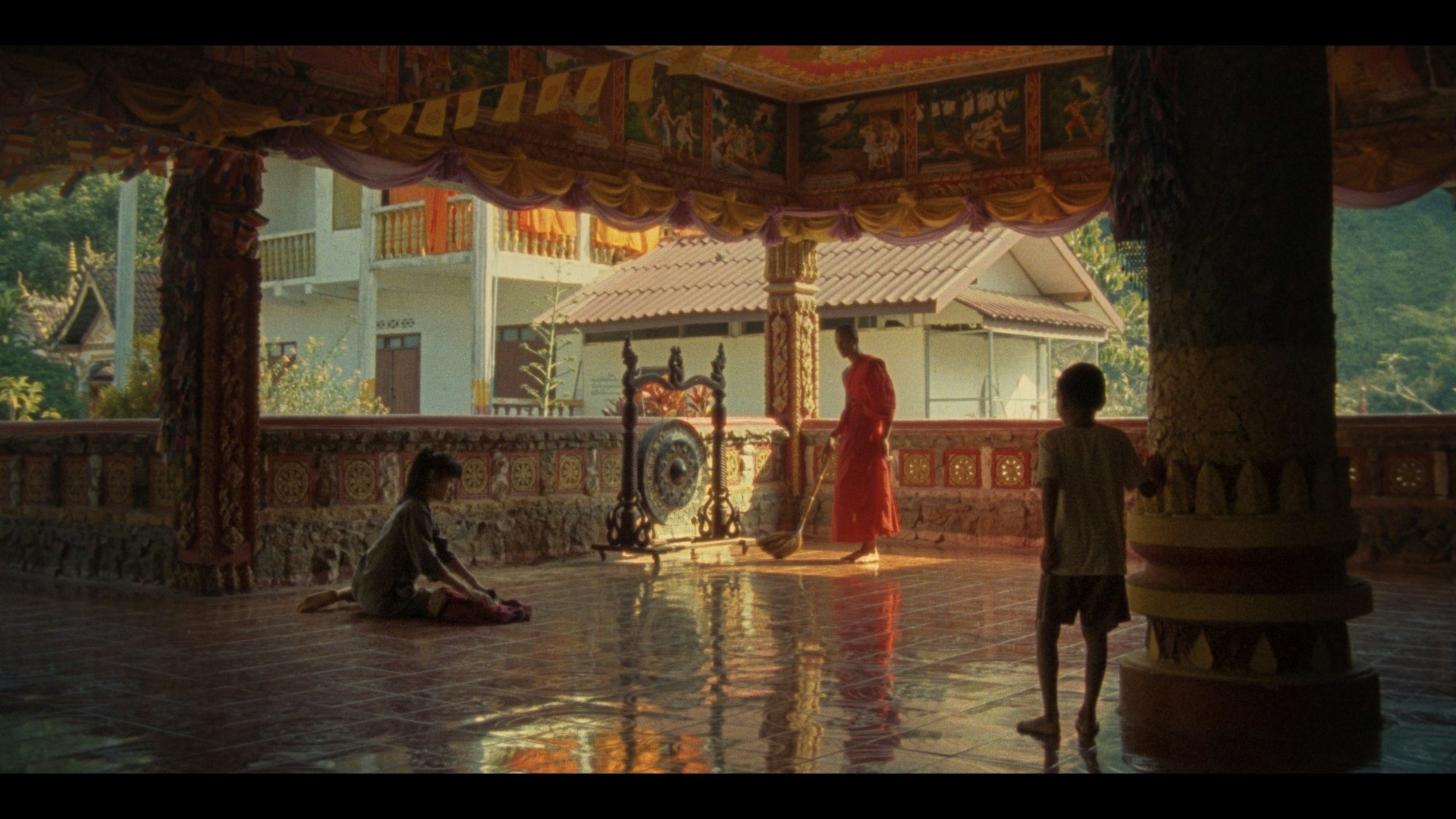
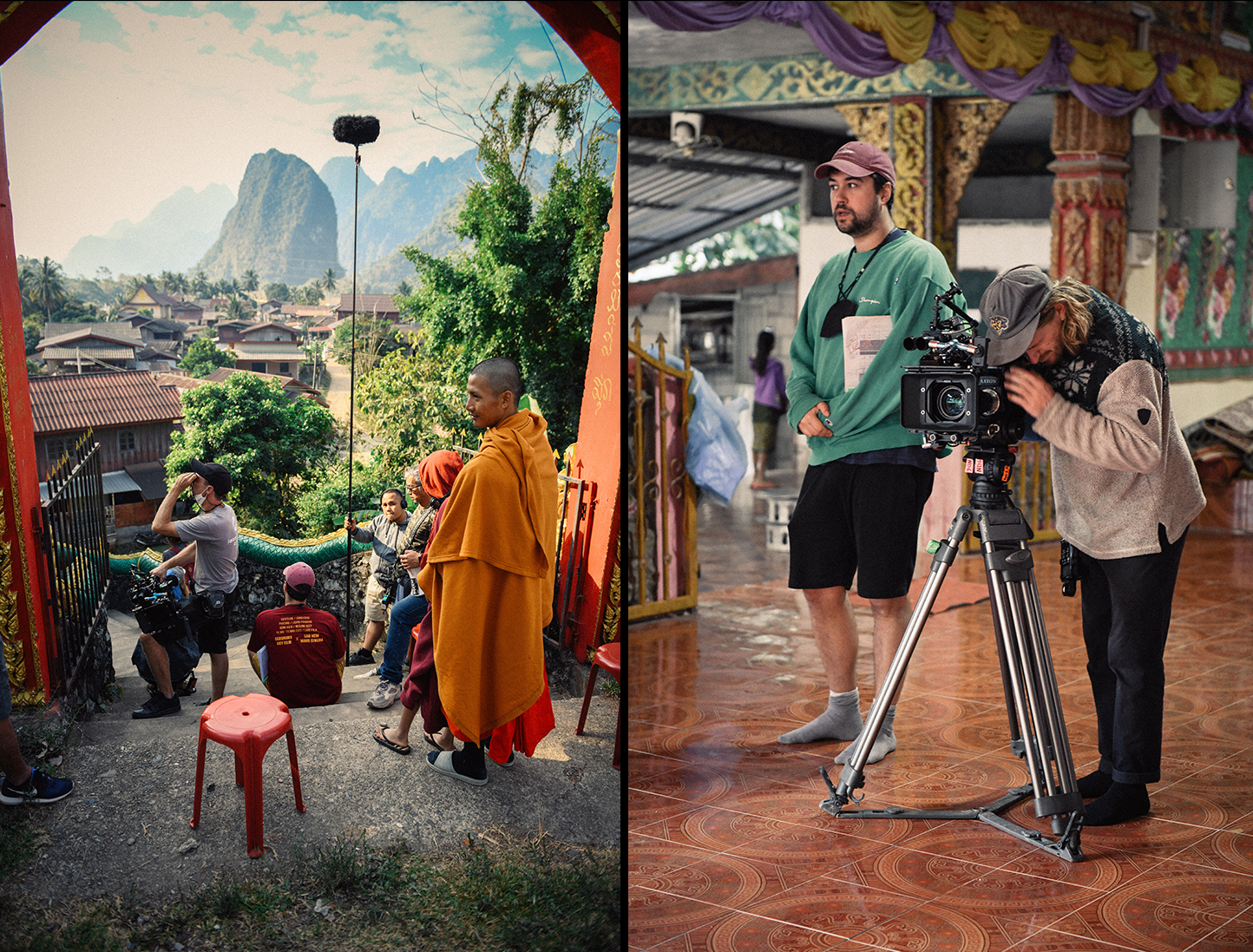
Josh (director), Emmanuele (sound recordist) and I had visited Laos in 2019 for a commercial project. We had spent a couple of down days driving around and fell in love with the people, landscape and energy of the country. Josh wrote the first draft of the script during lockdown in the UK, and we all started to get very excited at the prospect of returning to shoot a narrative feature.
Josh is a very collaborative director and gives a lot of time to each department. He is organic in the way he works and isn’t afraid of making changes on the day. Sometimes we would do a read through on a shoot day and the scene wouldn’t work, he would leave the set for a few minutes and come up with a solution. This allowed the actors (most of whom are non-actors) to feel the scene and let the camera respond to them without forcing too much. Some of my favourite moments in the film are when we let them take the lead while I would follow them with the camera, sometimes we would capture golden moments that felt so real I needed a few minutes afterward to process them. The emotional opening scene with Dara (Satu’s mother) felt so real at times that it was like we were shooting a documentary; I left that scene feeling like I had recorded something very emotional and personal.
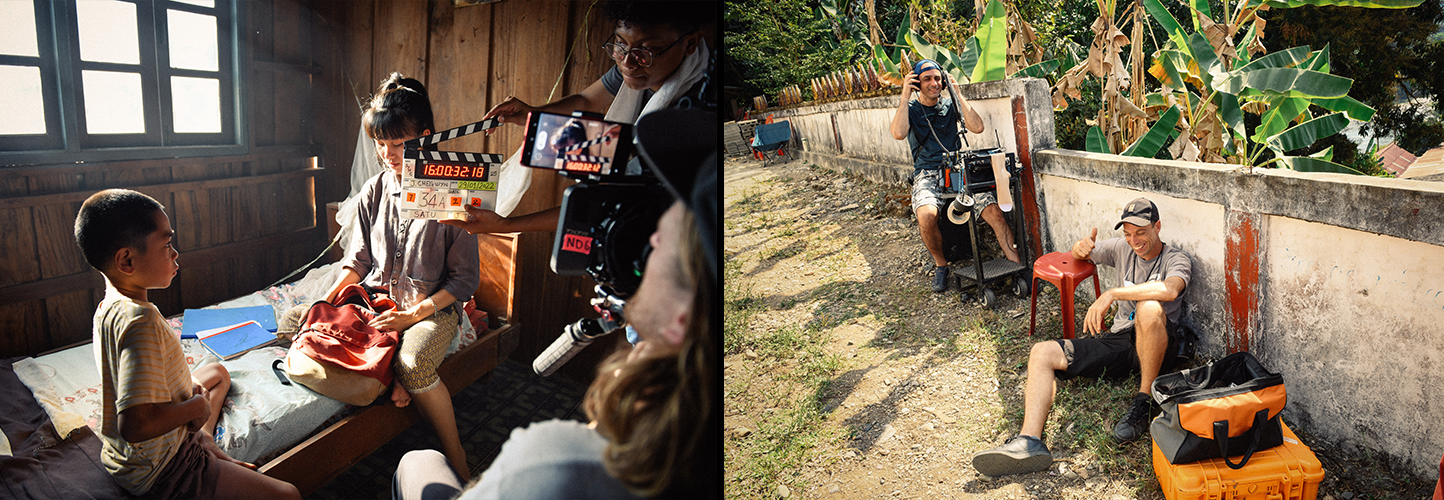
Photographing Satu was one of the most rewarding and challenging experiences I have had as a DoP. It took months of planning, camera preparation and six days in quarantine with government issued GPS tracking bracelets, just to arrive into the country. We had a short two week pre-production whilst on the ground to scout locations up and down the Mekong river, and to rehearse and schedule, and about six weeks to shoot, with a few days off in the middle (due to all of our Aaton drive belts breaking in Nong Kiow).
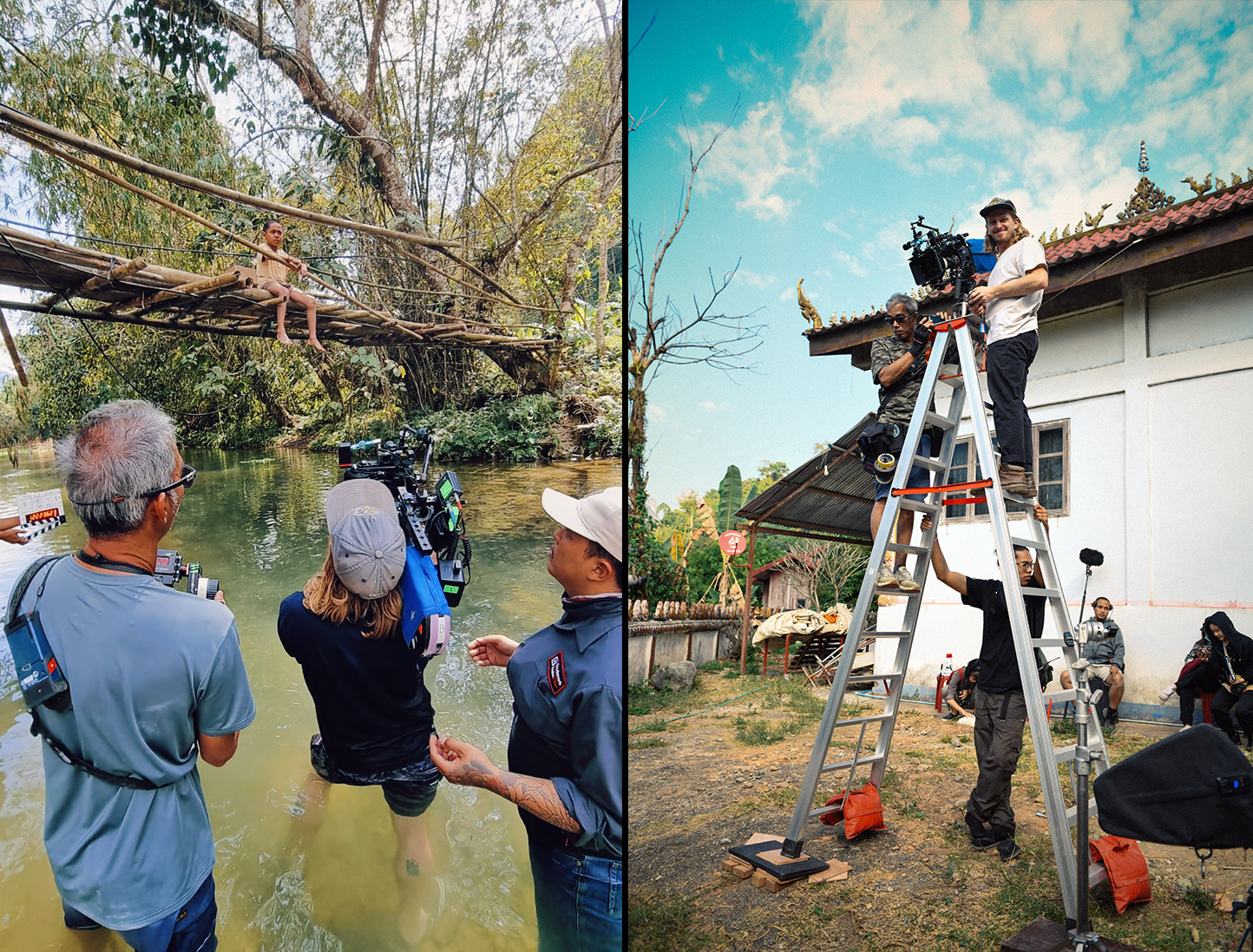
Before we arrived, we had arranged the shipment of 72 rolls of 16mm from Kodak Atlanta to Vientiane, Laos. Our local gaffer Fleur helped source big enough fridges to keep the film cool as Laos is a very hot and humid country. We didn’t have budget for dailies and had to keep most of the film with us, so we had to keep our huge fridge in the lighting truck most of the time. We even ended up taking it on a narrow boat up a river for two hours as the roads were blocked due to heavy rain.
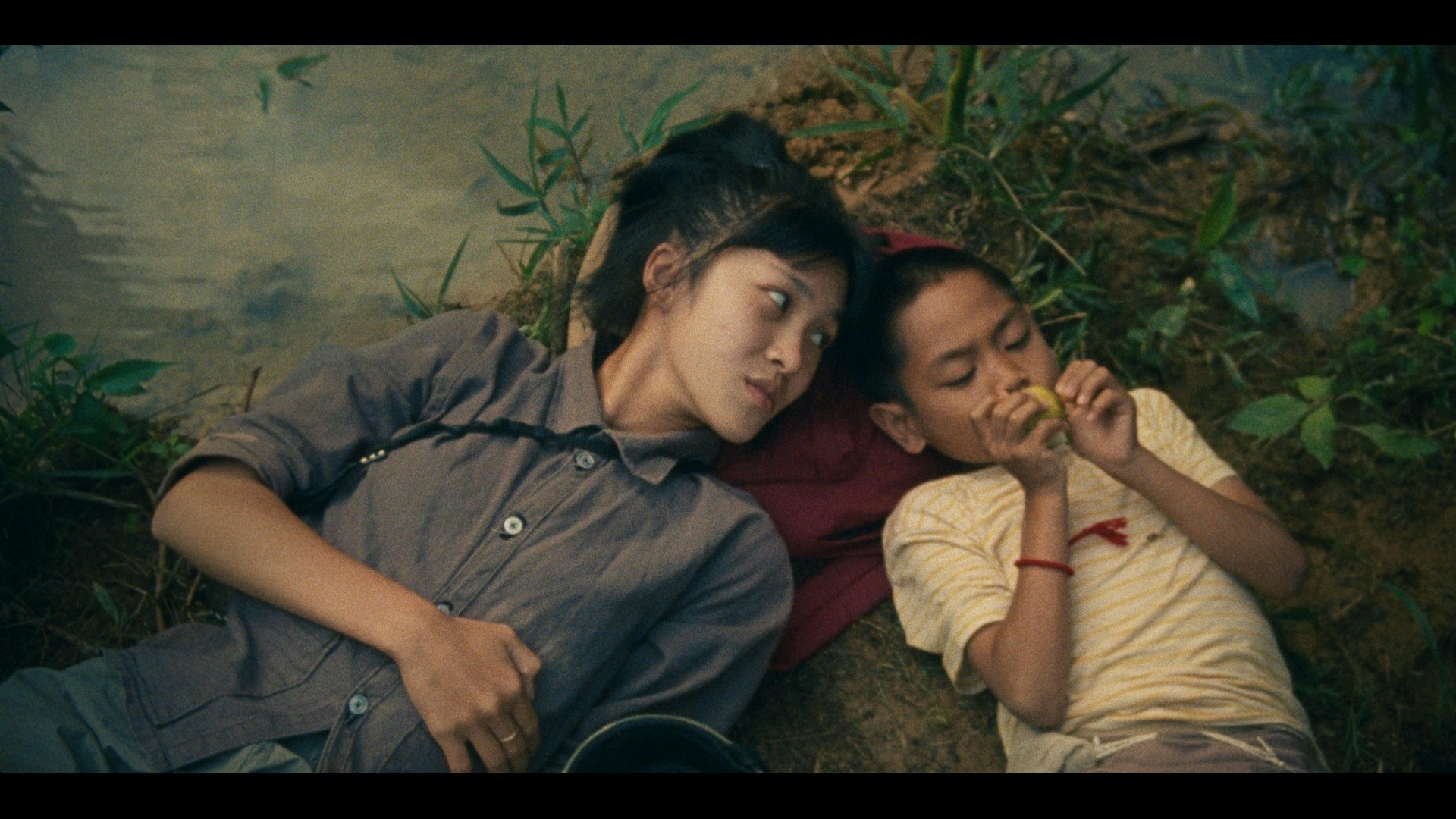

My approach with the lighting was to use a lot of practicals utilising natural light within most locations. I used 4x4 mirrors and lots of textiles to shape the sun when I could. One of my favourite days during prep was when me and my gaffer went lightbulb shopping in Vientiane. They still use a mixed range of practical bulbs in Laos and you could walk into a shop and test whichever bulb you fancied on a homemade light fitting board. We opted for some 50w, 150w & 200w clear and frosted tungsten bulbs which we would put on dimmers and hang from China balls with skirts. Because our lighting package wasn’t huge, we used a lot of practicals off screen above the matte box as our key and then some textiles to create some fill.
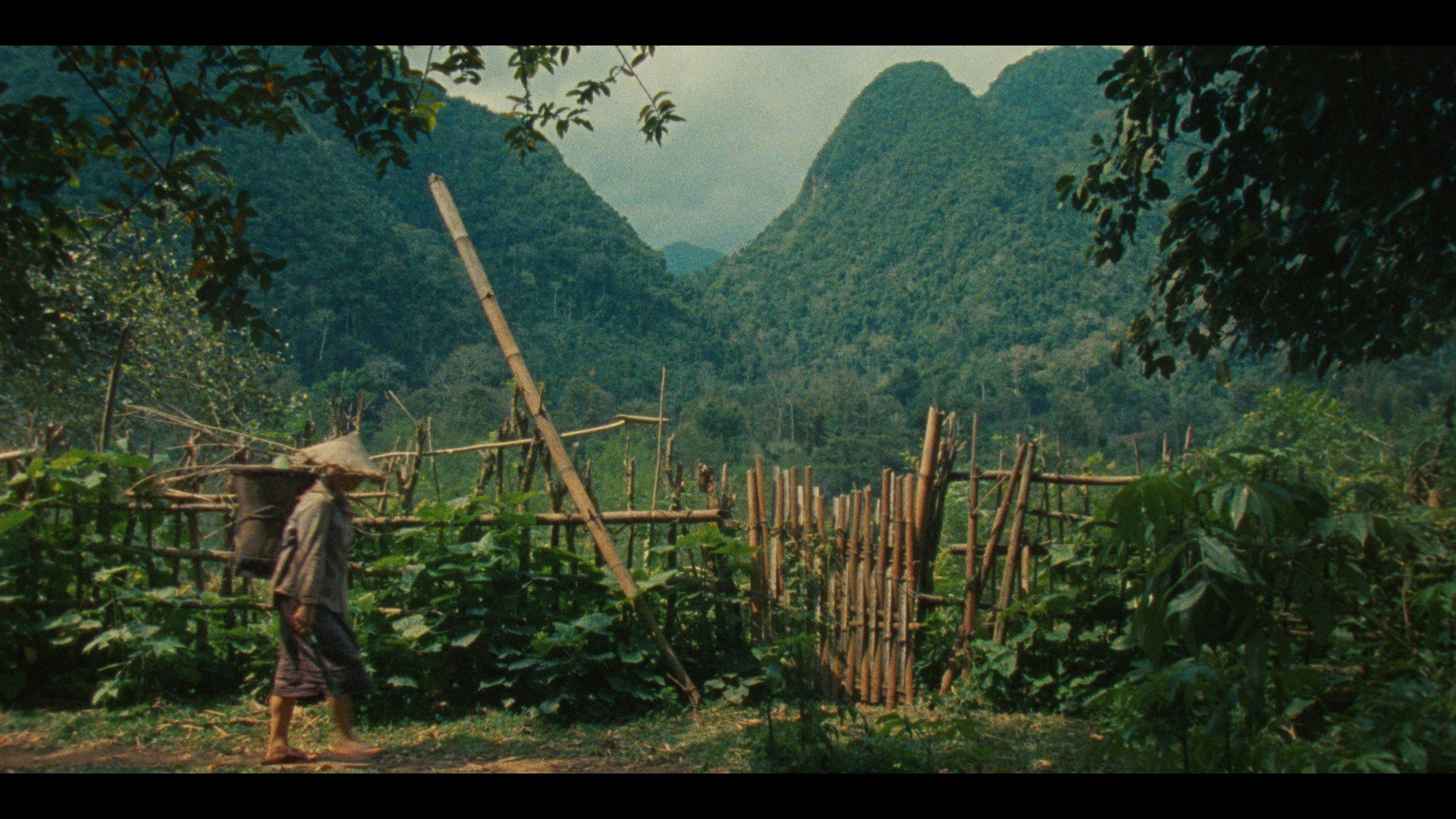
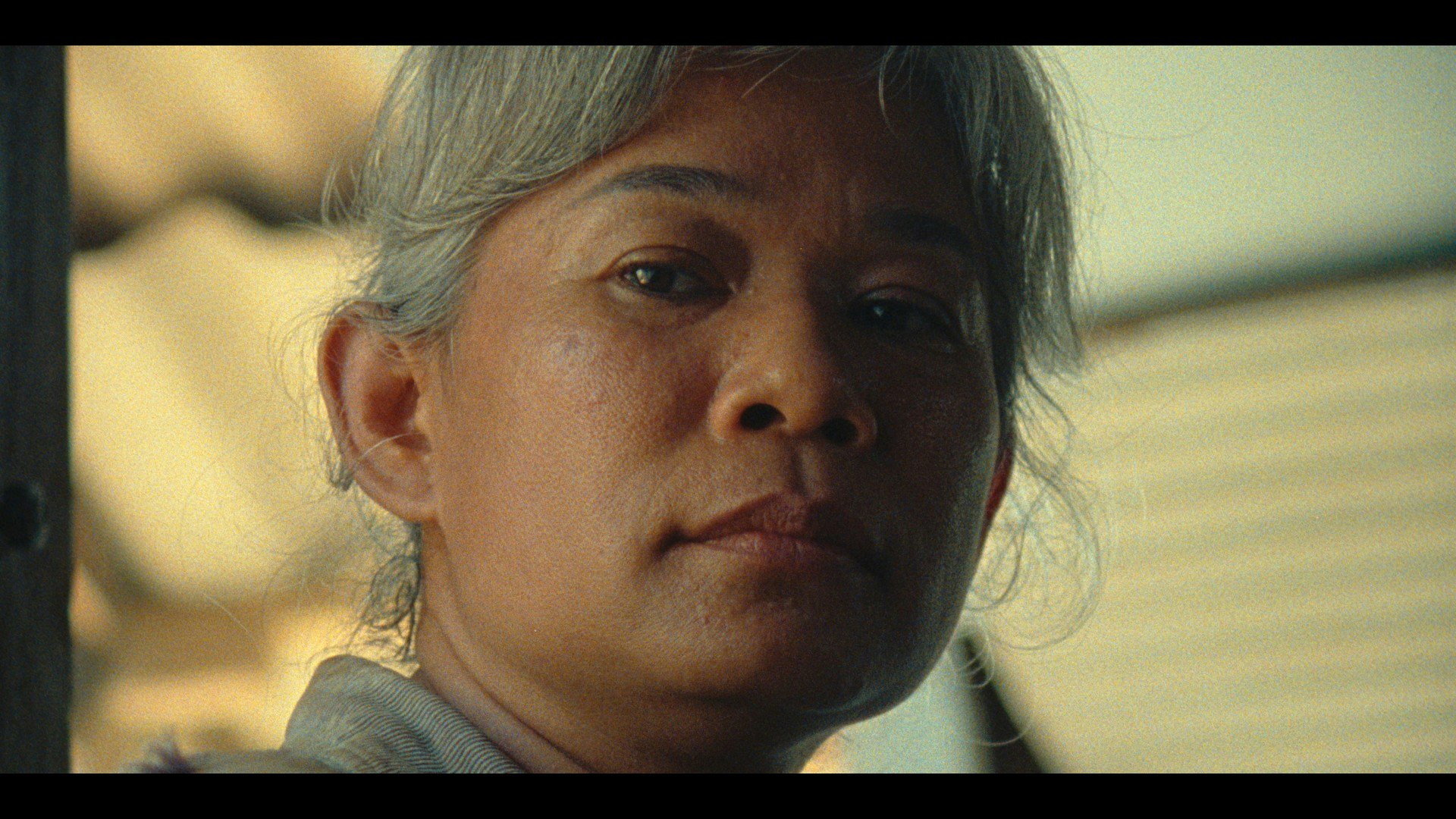
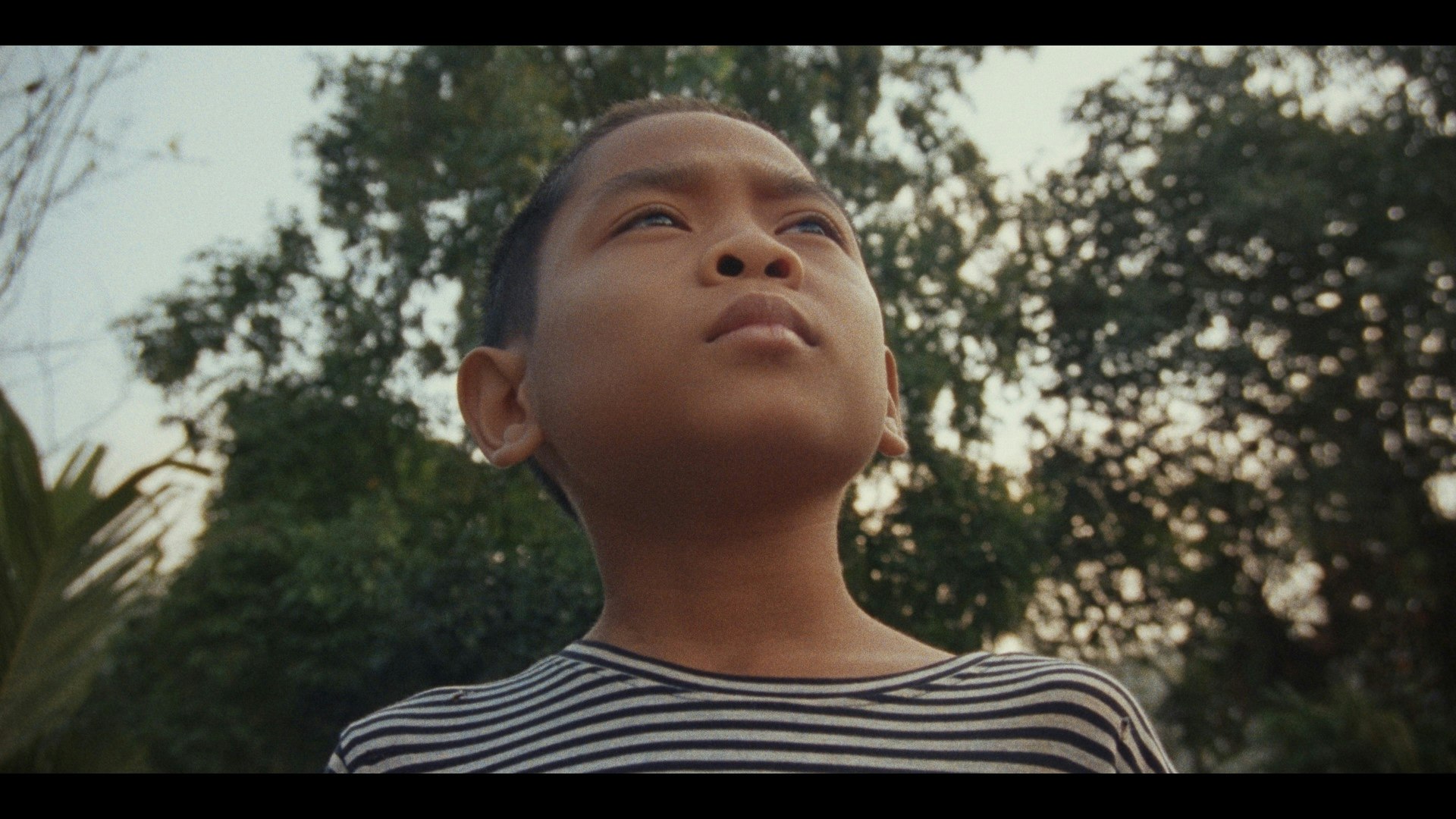
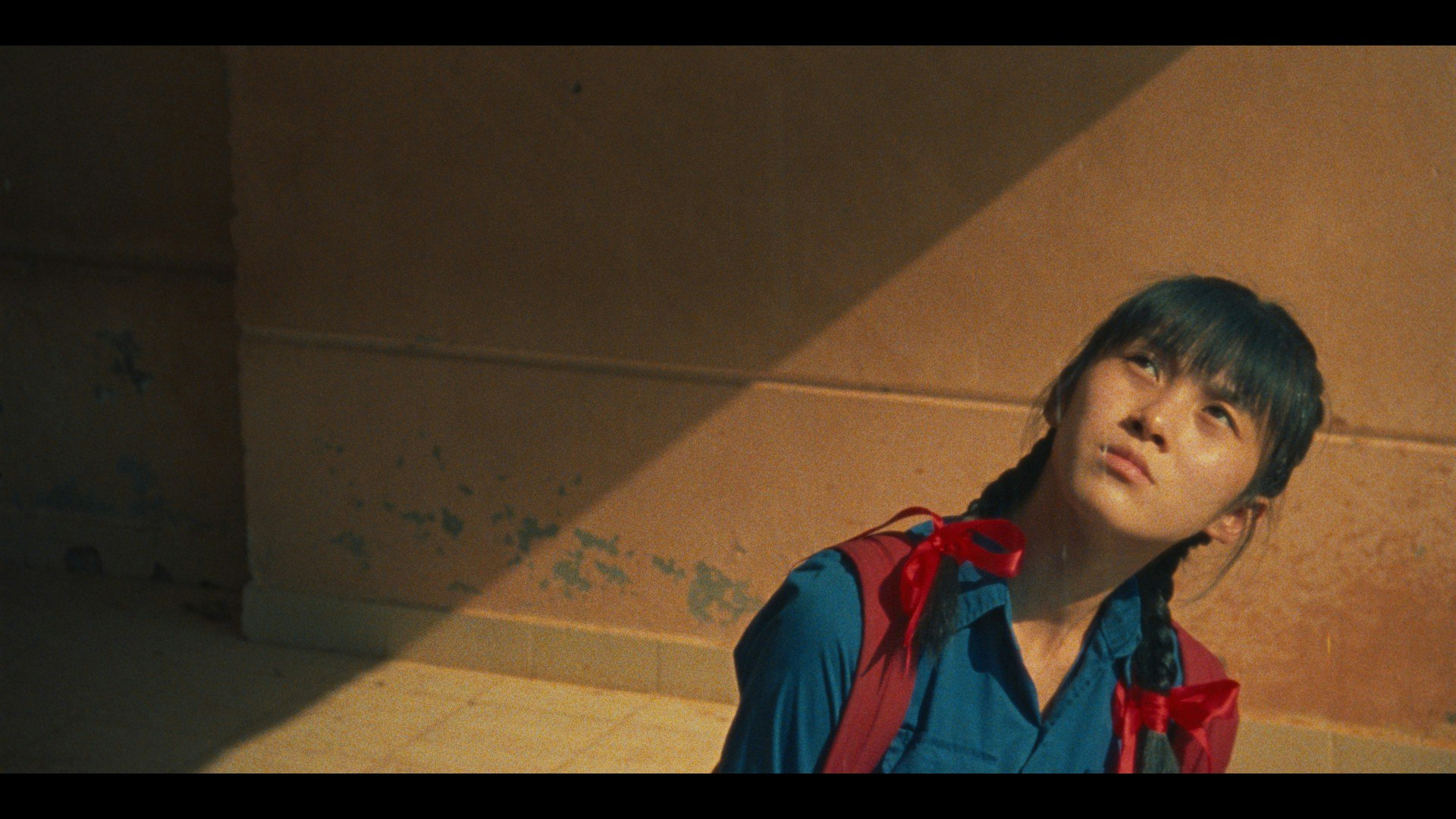
We chose to shoot the film in February because the sun is lower, meaning we could have longer shadows. The light and landscape are so beautiful in Laos and I felt very lucky with some of locations we had chosen to shoot. Scheduling played a very important role in how we would shoot the film, waiting for the right time of day and for the sun to peak out from behind the mountains was essential in the pre-production stage. We decided to shoot most of our day exteriors in the morning and late afternoon to get the lowest sun possible, and our interiors during the middle of the day.
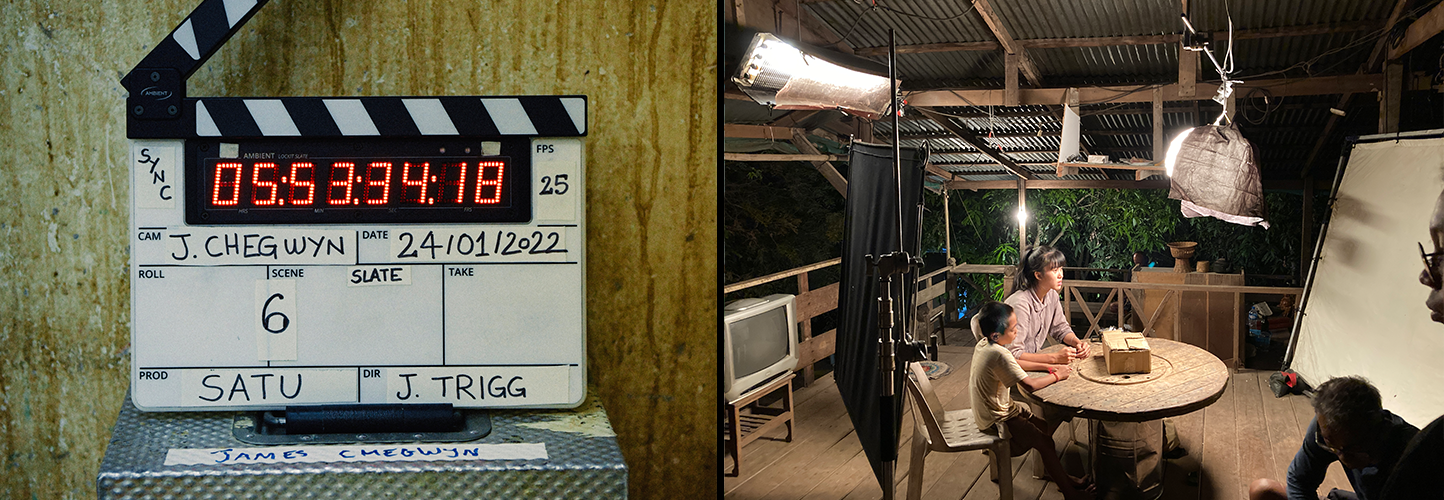
During the lead up to the film we created a lookbook of photographs that inspired us. We looked at Magnum photographers from different periods who worked all over South East Asia. We particularly resonated with the 35mm colour photography of Patrick Zachmann and Steve McCurry; their use of colour and light was something we really wanted to achieve in our work. Colour plays a big role in Laos and Buddhist culture, the temples are vibrantly painted in bright reds and blues, nothing is muted. Even the mountains and the rainforests are the most luminous green I have seen. This gave us a lot to play with and paired with some Kodak film stock and a beautiful Cooke lens, we could capture Laos the way we wanted. To accompany the lookbook we created a playlist of some of our favourite South East Asian musicians, with lots of 60s & 70s psychedelic Thai and Laos tracks to get us into the mood of the film.
We had a talented and fun crew from Vientiane who put so much in to the making of this film. There was always a ‘let’s make it work’ attitude on set, which was very inspiring to be around. Our fixer, producer, translator and local legend Lee Phongsavanh put together an amazing team who helped make this film become a reality.
